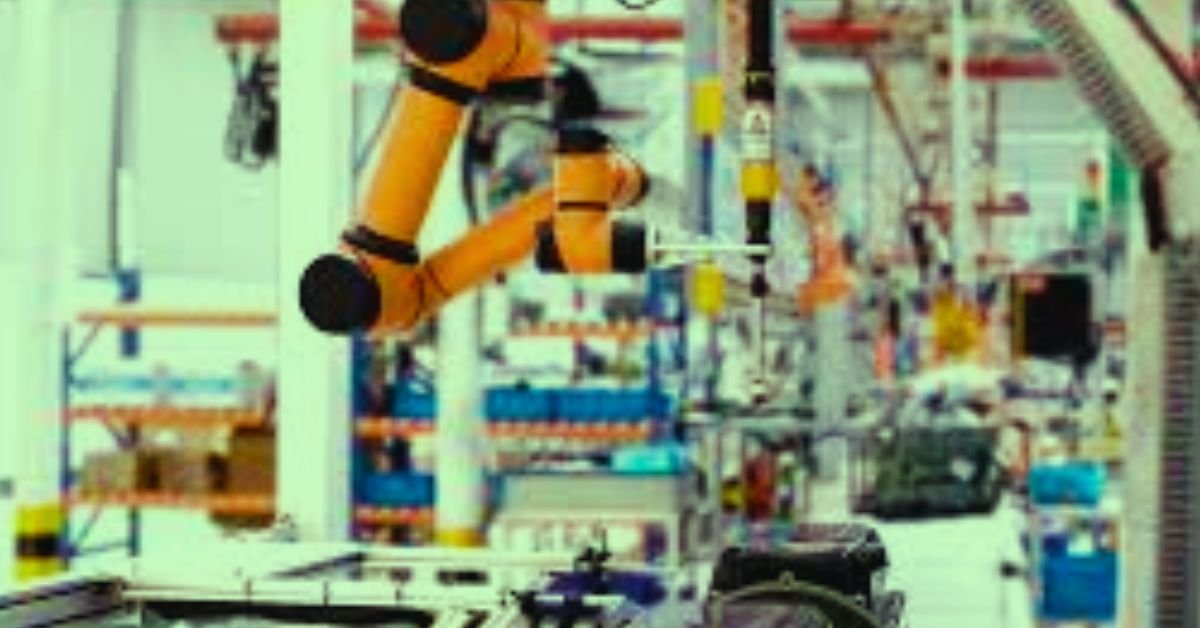In recent years, the logistics industry has witnessed a monumental shift, thanks to the rapid advancements in robotics technology. The role of robotics in transforming warehouse operations has been pivotal in improving efficiency, accuracy, and safety. As warehouses handle more goods than ever before, the pressure to streamline operations and reduce human error has led to the increased adoption of robotic systems. This article delves into how robotics is reshaping the warehouse landscape and the significant benefits it brings to modern supply chains.
1. Enhancing Efficiency and Speed
One of the most significant contributions of robotics in warehouse operations is the enhancement of efficiency. Traditionally, warehouses relied heavily on manual labor to handle, sort, and pick goods. This process was time-consuming and prone to human error, leading to delays and costly mistakes.
With the introduction of robots, tasks such as picking, packing, and sorting can now be automated. Autonomous mobile robots (AMRs) and robotic arms can move products from one location to another without human intervention, significantly speeding up operations. Robots can work around the clock, reducing downtime and ensuring that orders are processed faster.
The speed at which robots can complete tasks also minimizes lead times, allowing companies to meet customer demands more promptly. As a result, warehouses can process a higher volume of orders, improving overall throughput and reducing operational costs.
2. Improving Accuracy and Reducing Errors
Manual labor in warehouses is susceptible to errors, whether it’s picking the wrong product, mislabeling an item, or overlooking inventory. These mistakes can lead to costly returns, delayed shipments, and diminished customer satisfaction.
Robots, on the other hand, are designed to operate with precision. By integrating robotics with advanced sensors, artificial intelligence (AI), and machine learning algorithms, warehouses can significantly reduce human error. Robots can automatically verify product details, ensure that the correct items are picked, and even track the inventory in real-time.
Additionally, robotics systems can be connected to warehouse management software (WMS) to create a seamless workflow, improving the accuracy of inventory counts and eliminating discrepancies. This ensures that warehouses are always aware of stock levels, reducing the risk of stockouts or overstocking.
3. Enhancing Worker Safety
Warehouse environments can be hazardous, with workers often dealing with heavy loads, forklifts, and potentially dangerous equipment. Accidents and injuries are common in such settings, leading to high healthcare costs and loss of productivity.
Robots play a crucial role in mitigating these risks. By taking on physically demanding and repetitive tasks, robots reduce the strain on human workers. Automated guided vehicles (AGVs) and robots can transport heavy goods, handle hazardous materials, and perform tasks that would otherwise be unsafe for human workers.
As a result, workers can focus on more complex, strategic tasks, improving their job satisfaction and reducing the likelihood of injury. Robotics in the warehouse can also enhance ergonomics by minimizing the need for workers to perform repetitive bending, lifting, and carrying motions.




